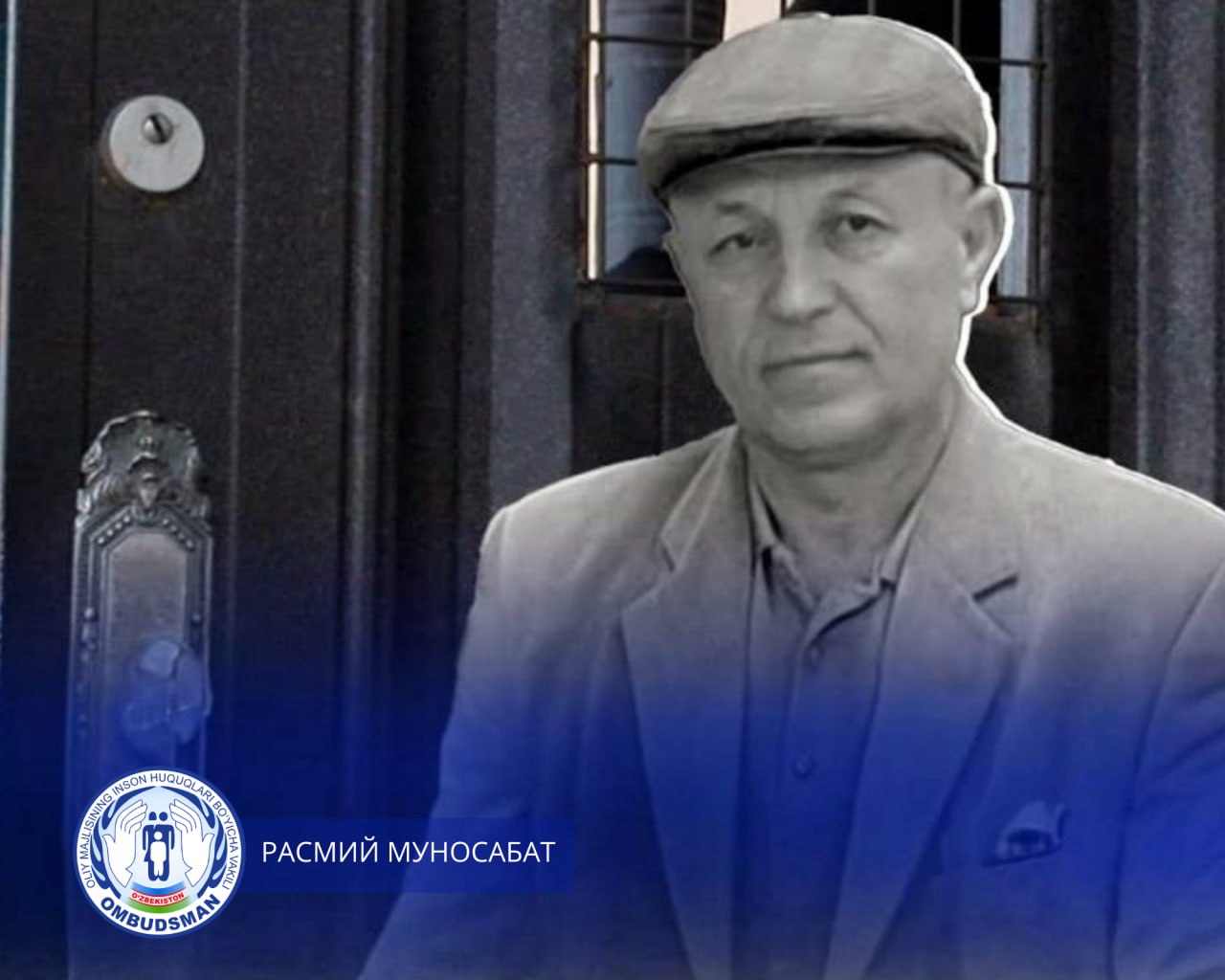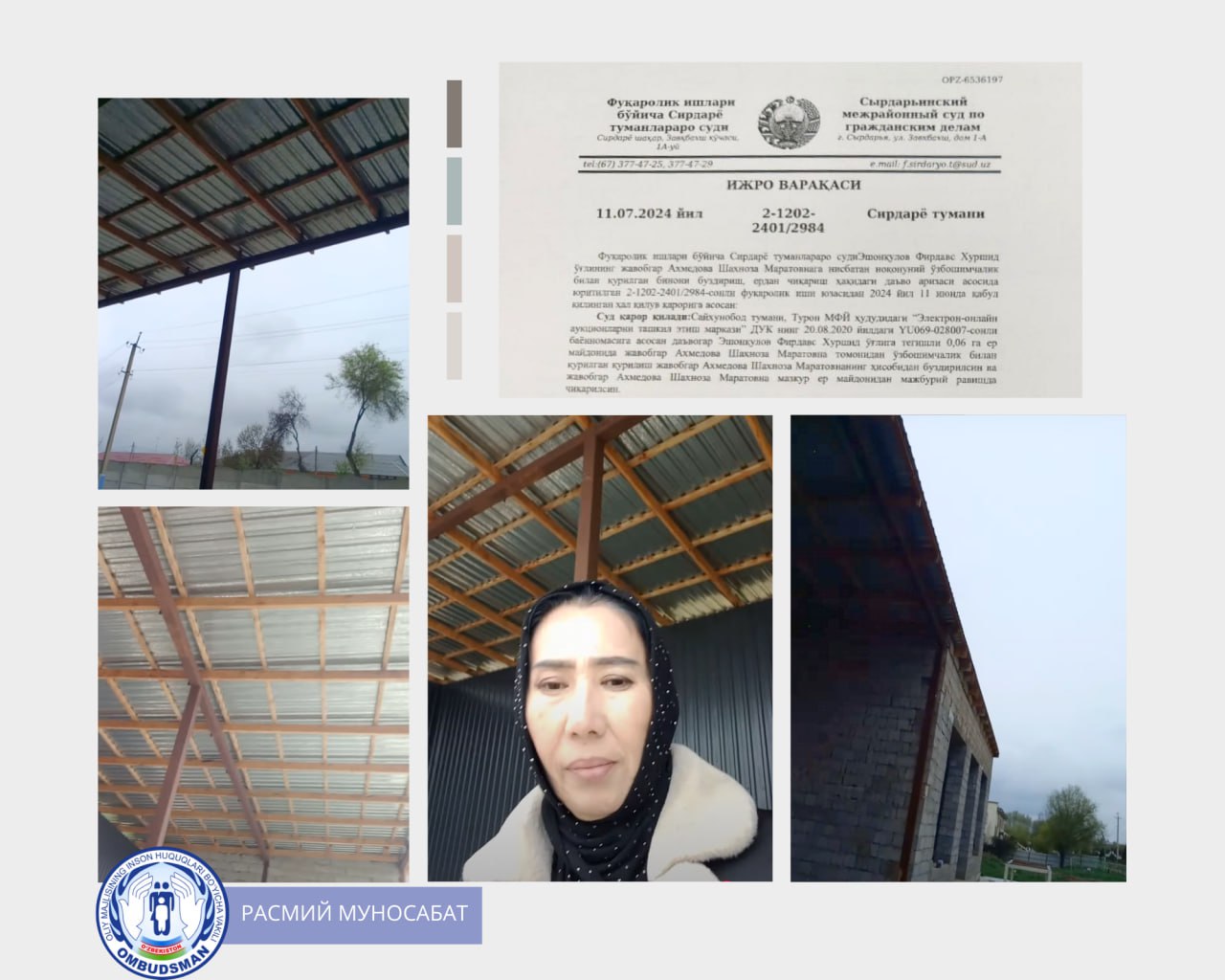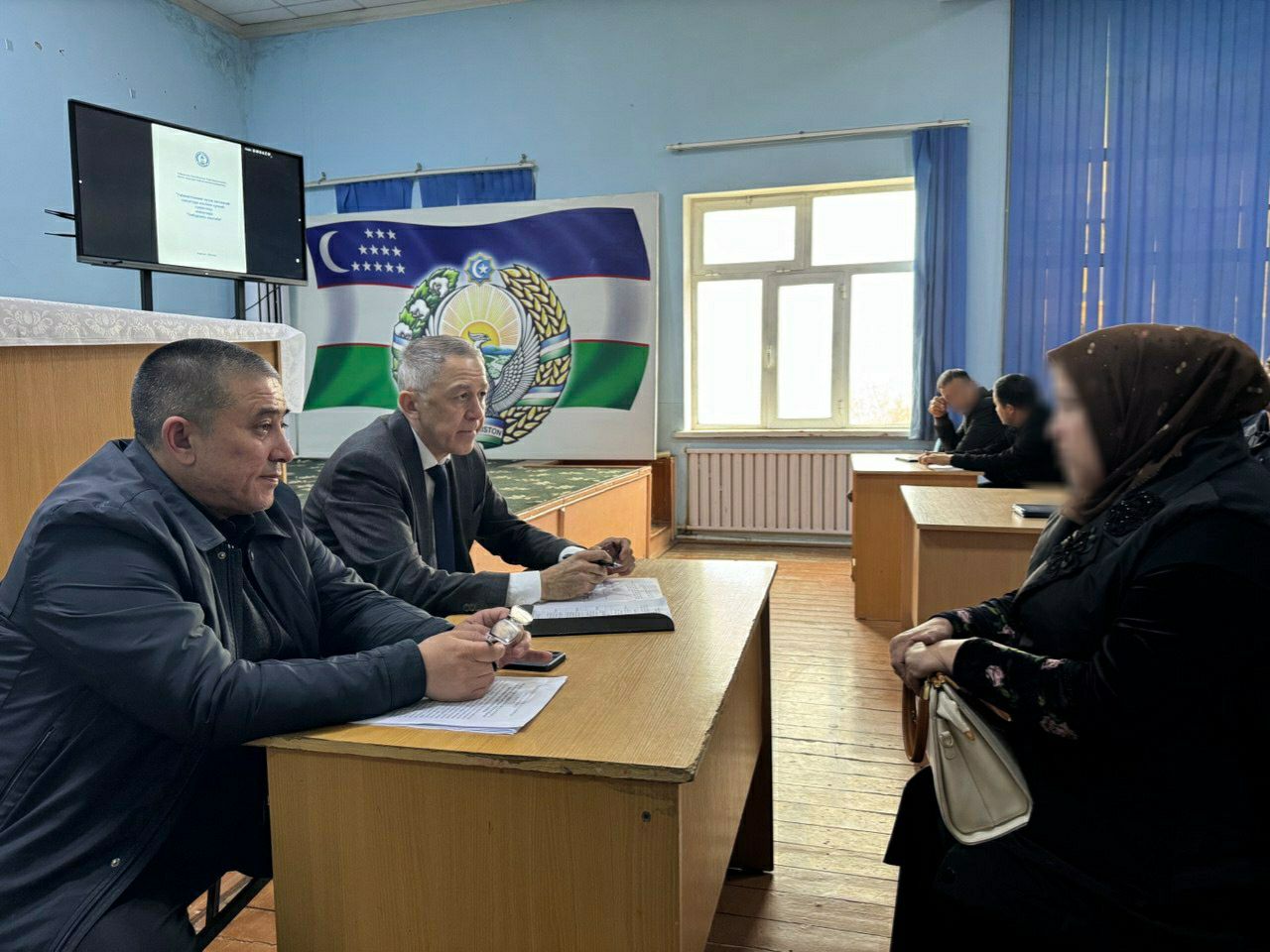Human trafficking is a global problem that affects the lives of millions of people in almost every country in the world and deprives them of their human dignity. As one of the most infamous crimes in the world, human trafficking deceives and victimizes women, men and children from all corners of the world and forces them to be exploited on a daily basis. Although the most well-known form of human trafficking is sexual exploitation, hundreds of thousands of victims are also trafficked for forced labour, domestic servitude, child begging or organ harvesting [1].
International efforts to combat human trafficking began as early as the 19th century. However, it is only in the last twenty years that a comprehensive legal framework has been developed on this issue. The adoption in 2000 of the Protocol to Prevent, Suppress and Punish Trafficking in Persons, Especially Women and Children, supplementing the United Nations Convention against Transnational Organized Crime , marked the first internationally accepted definition of "trafficking in persons": "carried out in for the purposes of exploitation recruiting, transporting, transferring, harboring or receiving persons by the threat or use of force or other forms of coercion , kidnapping, fraud, deceit, abuse of power or position of vulnerability, or by bribery, in the form of payments or benefits, in order to obtain the consent of a person, controlling another person. Exploitation shall include, at a minimum, the exploitation of the prostitution of others or other forms of sexual exploitation, forced labor or services, slavery or practices similar to slavery, servitude or the removal of organs" [2].
Despite the existence of a comprehensive international legal framework, millions of children, women and men continue to be trafficked each year in all regions and most countries of the world. Human trafficking can take place within one country or between countries for various purposes, including forced and exploitativelabor in factories, farms and private households, sexual exploitation, forced marriage or the removal of organs. The clandestine nature of human trafficking complicates the measurement of this phenomenon. According to the Walk Foundation Free " andglobal calculated dataInternational Labor Organization, in 2016, 25 million people were victims of forced labor and sexual exploitation worldwide. While our knowledge of human trafficking remains incomplete, it is widely recognized that certain factors make an individual, social group or community more vulnerable to human trafficking and related exploitation. Discrimination in the form of denial of economic and social rights largely places certain individuals at greater risk of being trafficked than others [3]. Discrimination and poverty cause more limited and less favorable opportunities in life, and this can lead certain people to take risks and make decisions that they would not make if their basic needs were met. This lack of real choice can, in turn, increasethe risk of trafficking for certain groups such as minorities, migrants, and women and girls. In addition to economic deprivation and inequality, gender and racial discrimination are important factors that limit life choices and make some individuals and communities more vulnerable to human trafficking.
The links between human rights and human trafficking are manifold. Human rights are universal and therefore victims of human trafficking are entitled to the full range of human rights, regardless of their gender, age, race, ethnicity, citizenship, migratory status or other characteristics. International human rights law also recognizes that certain groups, such as women and children, are in need of additional or special protection [4-5]. Various human rightsare linked to the respective stages in the trafficking process. Some of them are especially important in relation to the causes of human trafficking. It is then that the violation of human rights, for example, the violation of the right to an adequate standard of living, leads to increased human vulnerability. Other rights relate directly to the process of human trafficking. In fact, human trafficking and related practices such as slavery, sexual exploitation, child labor, forced labor, debt bondage and forced marriage are in themselves violations of fundamental human rights and are prohibited by international human rights law. Finally, certain human rights relate to responses to trafficking in persons, such as the right to access to justice, the right to an effective remedy, and the right to a fair trial [6-7].
While the link between human rights and human traffickingisfairly clear, this does not necessarily mean that human rights will be at the center of responses to human trafficking. A rights-based approach puts the victim at the center of any effective and sustainable action. He also draws attention to the underlying causes that lead to human trafficking, allow traffickers to go unpunished, and deprive victims of justice, such as patterns of discrimination, unfair distribution of power, demand for goods and services resulting from exploitation, and public sector involvement. The human rights approach also recognizes that States have a responsibility to protect and promote the rights of all persons withintheir jurisdiction, including non-citizens, and thus have a legal obligation to work towards the elimination of human trafficking and related exploitation [8-10].
The United Nations Office of Human Rights plays a significant role in efforts to promote a rights-based approach in the fight against human trafficking. The Office has developed Recommended Principles and Guidelines on Human Rights and Trafficking in Persons (PDF) and an extended Commentary thereon (PDF), which are designed to help all those involved in anti-trafficking efforts to fully integrate human rights into their analysis and responses to human trafficking. This document includes 17 recommended principles relating to the following main issues: (a) the primacy of human rights; (b) prevention of human trafficking; (c) protection and assistance; (d) criminalization, punishment and redress. An additional eleven recommended guidelines offer practical measures for their implementation [11-13].
In 2020, a new version of the law on combating human trafficking was adopted. The law is supplemented with new concepts, including “trafficking in minors ”, “country of origin” (the state from whose territory the victim of trafficking in persons was taken out or whose citizens are victims of trafficking in persons), “victim of trafficking in persons” (an individual who has suffered from trafficking in persons) , "coercion" and others. The main directions of state policy in this area are also listed [14-16].
The document defines the status of the National and Territorial Commission on Combating Trafficking in Human Beings and Forced Labor, the national rapporteur, and the powers of the Cabinet of Ministers. The responsible government agencies include the General Prosecutor's Office and the Ministry of Employment and Labor Relations.
A new chapter on the prevention of human trafficking has been introduced into the law. Measures include ongoing monitoring, raising public awareness of dangerous situations, development and implementation of educational programs in public and private educational institutions.
The Ministry of Internal Affairs will create a unified information database on crimes in the field of human trafficking. It will contain information about traffickers, victims of human trafficking, types of exploitation and other data. The information entered is confidential.
Identification of victims of human trafficking is carried out in two stages. During primary identification, information is obtained, studied and evaluated in order to make a decision on recognizing a person as a presumed victim of human trafficking. At the finalstage, decisions are made on recognizing or refusing to recognize a person as a victim of human trafficking [17-20].
A person is recognized as an alleged victim based on the results of primary identification within a period of not more than five days from the date of application to the competent state bodies.
The alleged victim is entitled to temporary shelter, medical, psychological, legal and other necessary assistance, as well as to the services of a free interpreter. The alleged victim is given at least 30 days to physically and psychologically recover and decide on cooperation with law enforcement agencies in connection with the crime committed against her.
A person is recognized as a victim of human trafficking based on the results of the final identification by the territorial commission. A person recognized as a victim of human trafficking has the right to social rehabilitation and adaptation.
Features of the prevention of trafficking in minors include:
- identification of parents or persons replacing them, evading their duties of raising children;
-identifying families leading an antisocial lifestyle and children in need of state protection to help them;
-Monitoring the work of orphanages and maternity complexes.
Identification of a minor victim of human trafficking is carried out in a specially equipped room, using technical means of fixation, in the presence of a legal representative and (or) a representative of the guardianship and guardianship body, with the obligatory participation of a psychologist, taking into account the sex, age and other characteristics of the minor.
AbiraAmanovna Khuseynova
Professor at Bukhara State University, Senator























